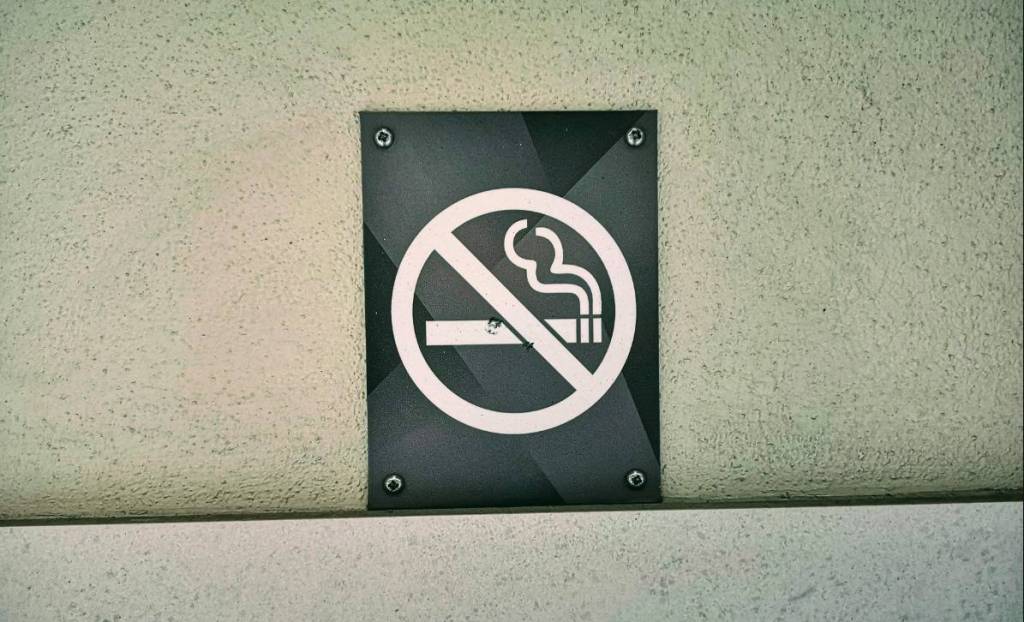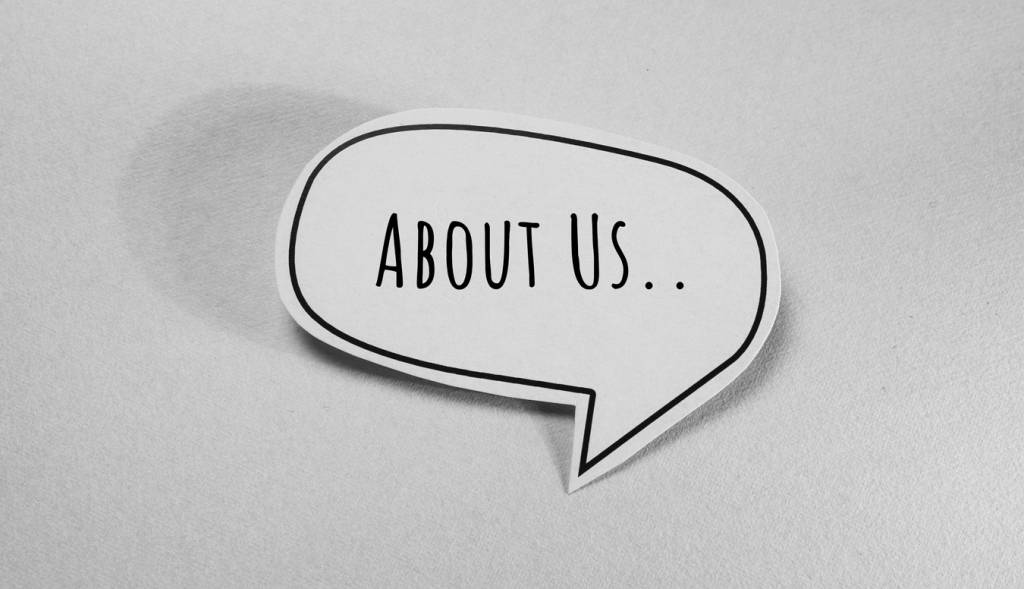 In 2012 Google began studying teamwork in the company. Called “Project Aristotle,” results were released in 2016.
In 2012 Google began studying teamwork in the company. Called “Project Aristotle,” results were released in 2016.
Google in-house researchers studied 180 teams at the company and analyzed over 250 team attributes through more than 200 interviews.
The final results reported five key characteristics that allowed teams to achieve high-levels of success. In order of importance they are:
* Psychological Safety
* Dependability
* Structure and clarity
* Meaning
* Impact
They found these five factors present in how the teams functioned were more important than the individual team members’ capabilities.
Now, I’m assuming the results bringing those five characteristics to the fore assume a certain level of competency.
Most of the articles I’ve read that have summarized the Google teamwork results have stopped with what I posted above just listing the traits and speak little about how to achieve them. Which, if you’ve ever tried, you know is not easy.
This is important because most employees in most small businesses are hired because of their expected competencies in fulfilling the role for which they are hired.
BUT, the things that typically cause the greatest stress in small businesses is not a team member’s competency in how well they do their job. The big issues that arise typically is how those individual employees interact and engage with their co-workers.
Often, teamwork in small business is less formal and more just a basic requirement of the functionality of getting things done in an environment with a limited number of personnel.
And, in working with small businesses the past 15 years to improve communication, collaboration, and teamwork those five characteristics are often the cause of greatest discourse.
Unfortunately, small business leaders are not aware of these factors.
They blame unmotivated employees with bad attitudes for a lack of contributing to the collaborative work environment.
In reality, the cause is a work environment that lacks these five factors.
Four of the characteristics, dependability, structure and clarity, meaning, and impact, are almost self-explanatory and relatively easy to incorporate.
Psychological safety on the other hand, I’ve found to be challenging to find in most work environments.
On Google’s internal “rework” website where the results and recommendations are posted explains psychological safety as:
“an individual’s perception of the consequences of taking an interpersonal risk or a belief that a team is safe for risk taking in the face of being seen as ignorant, incompetent, negative, or disruptive. In a team with high psychological safety, teammates feel safe to take risks around their team members. They feel confident that no one on the team will embarrass or punish anyone else for admitting a mistake, asking a question, or offering a new idea.”
This is rarely present.
When it is, a company thrives.
The challenge with creating psychological safety is that individual personality traits and levels of self-esteem impact it.
Interestingly, every wants and needs psychological safety to thrive. Without it, human beings would be paralyzed to say or do anything.
Yet, few of us participate in helping to create it. Most of our behavior tends to undermine it.
You’ve probably experienced situations where people are publicly judged for their opinions and ideas, or called out in public without their knowledge or approval when failing to fulfill a promise or deliver on a commitment.
Here are a three ways leaders can foster psychological safety that will lead to higher levels of teamwork and collaboration in your work environment:
- Have a “psychological safety” conversation with the team and create an understanding of what it is and why it’s important. Then, have the team share ideas for making it part of their team experience, and create and commit to a “Team Agreement.”
- Instill a commitment to ABC Communication, “always be curious.” If your team commits to always being curious, the first response would be a question seeking to understand instead of showing judgment.
- Have private check-ins with each team member to ensure they feel they are able to participate at a level their comfortable and encourage additional ideas to make it even better. Then, bring the anonymous collective ideas to the team for discussion and refinements of the “Team Agreement.”
What is your experience with psychological safety in your work environments? What strategies have you incorporated to create it? Leave a comment below and let’s start a conversation.













